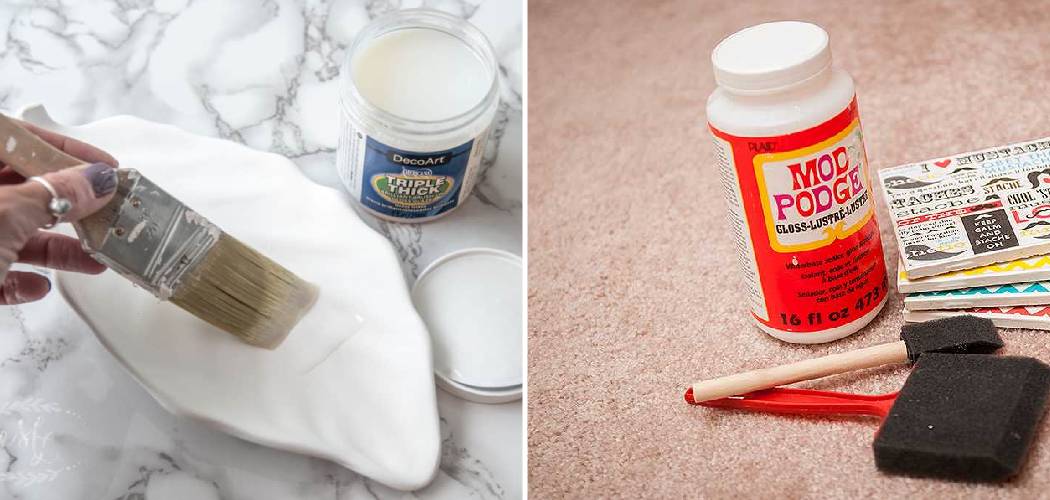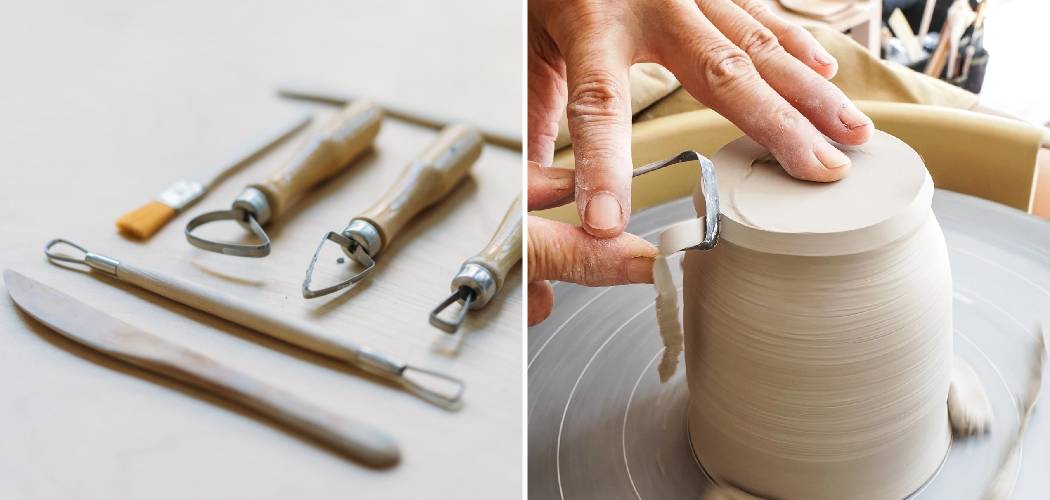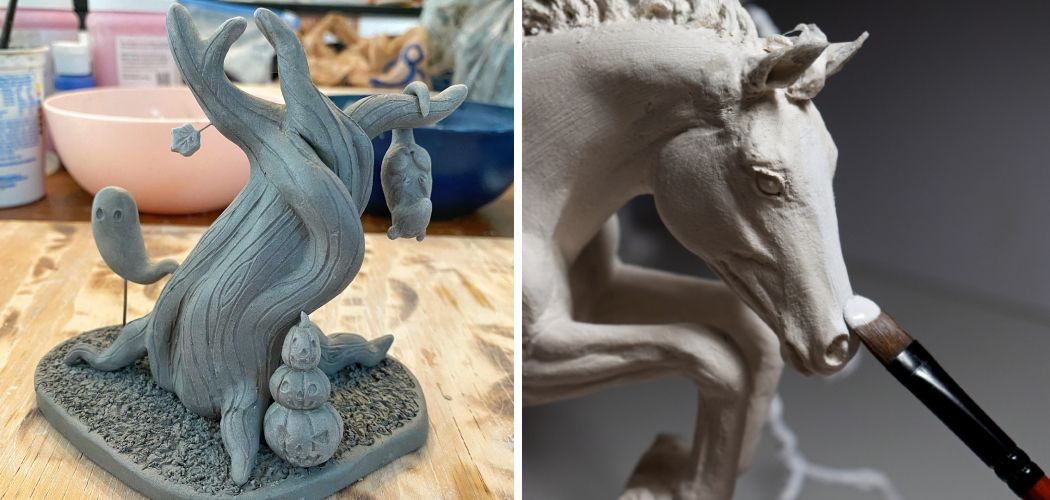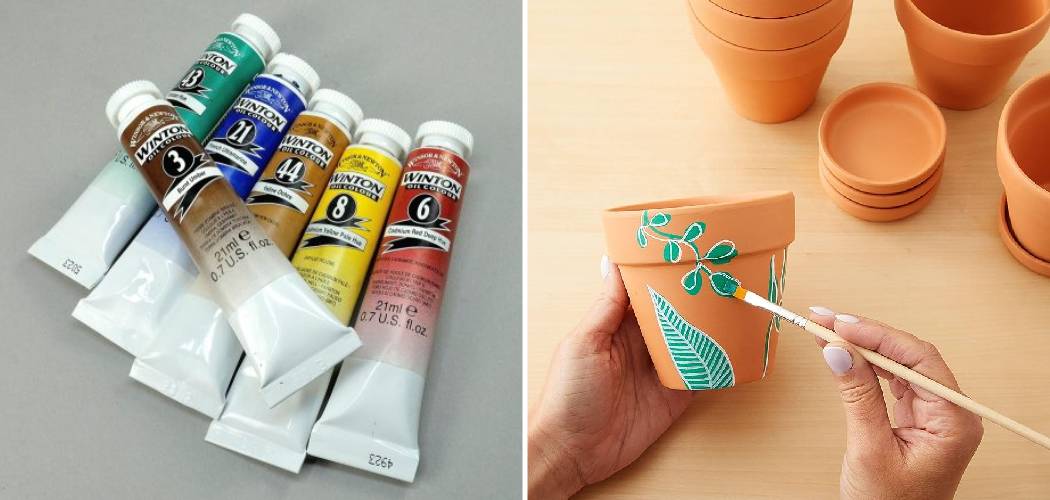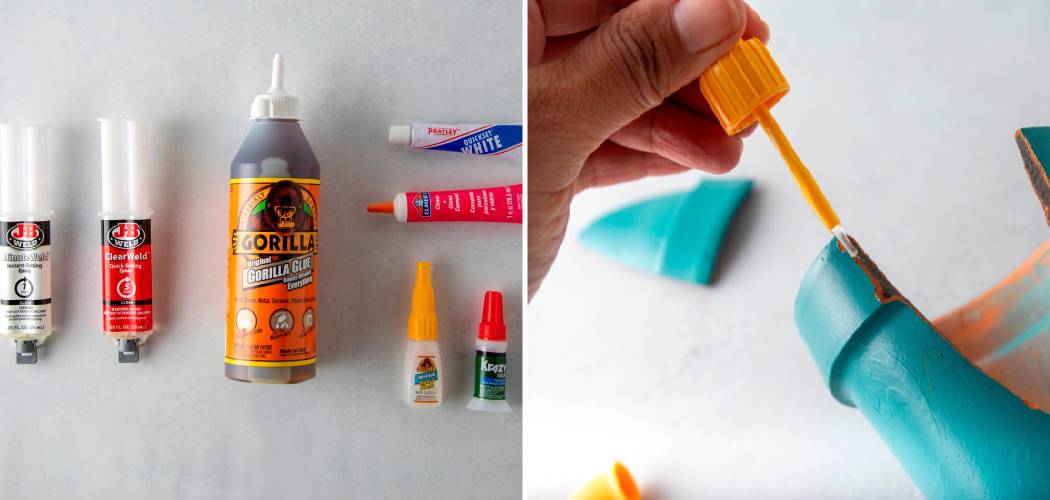Many people have an interest in working with clay, whether it be for pottery, sculptures, or any other type of artistic medium. But where exactly can you find the perfect clay to bring your visions to life? With so many different types and sources of clay available for sculpting and crafting projects, learning about what is out there and deciphering which one will suit your needs can be daunting.
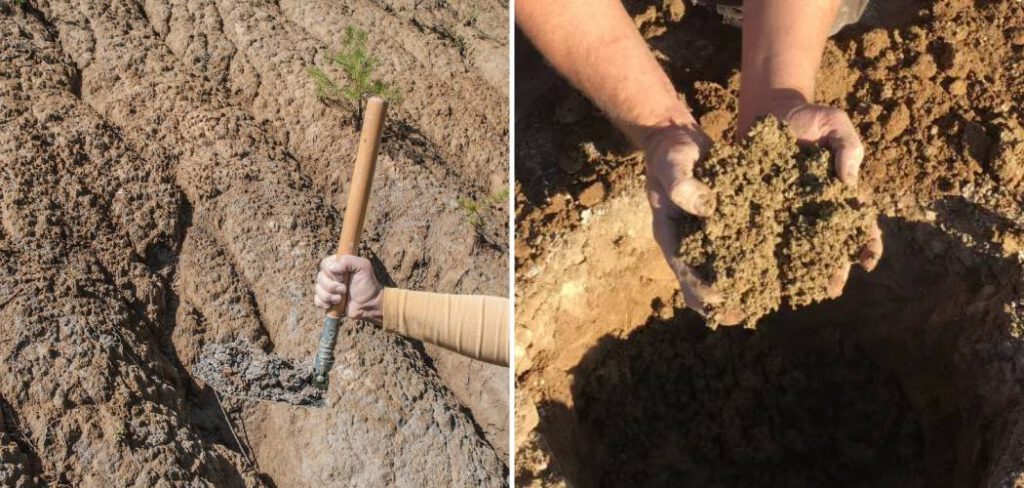
In this blog post, we’ll explore all the options on how to find clay so that you can make informed decisions when looking for a suitable source of clay. Read on to discover tips on where to find quality clays as well as how much they might cost.
Table of Contents
Can Clay Be Found Everywhere?
No, clay cannot be found everywhere. It is primarily found in areas with shallow or low-lying soils, usually near a body of water. Clay is formed when silt, sand, and organic material from decaying plants and animals combine together to form sedimentary deposits. This sediment can then be deposited by rivers, lakes, oceans, or other sources of water.
Clay is also commonly found in areas where the Earth’s crust has been compressed or bent due to seismic activity, such as earthquakes. In such cases, clay can often be found trapped within layers of rock or soil that have been pushed together under pressure.
Clay can also be created artificially through industrial processes such as ceramics manufacturing, which involves combining certain types of sand and chemicals to produce a clay-like material. This industrially produced clay can then be used to make pottery, bricks or other ceramic products.
To find natural deposits of clay, you may need to search in areas near rivers, coastal plains, mountain valleys, or other sources of water. It is also important to note that some types of clay can only be found in certain regions or climates due to unique geological formations. If you are looking for a particular type of clay, it is best to do research beforehand so you can identify the most likely area where it can be found.
10 Methods How To Find Clay
1. Look for Areas that Have Recently Been Disturbed.
Clay is often found near construction sites or other areas where the ground has been disturbed. This is because clay is often found just below the topsoil, and when the topsoil is removed, the clay is exposed. Clay can be identified by its fine-grained texture and distinctive colors, ranging from white to dark gray or even brown.

2. Look for Areas that Are Wet or Muddy.
Clay is often found in wet or muddy areas, as it is a very absorbent material. If you find an area that is consistently wet or muddy, there is a good chance that there is clay present. You should also take into consideration any nearby creeks, rivers, or other sources of water.
These areas are likely to contain the most clay, as the water has a tendency to transport and deposit clay particles. In order to identify the clay, simply take a scoop of dirt from the area and roll it into a ball. Clay will stay in a ball shape and will not break apart easily. If the dirt crumbles, then there is likely no clay present.
3. Look for Areas with a High Water Table.
The water table is the level at which the ground is saturated with water. Clay typically forms in areas with a high water table, as the clay particles are able to bind together more easily when they are submerged in water.
Look for locations near rivers or waterways, as well as in low-lying valley bottomlands, to identify areas with high water tables. You can also look for areas where the land slopes downward, as this is another indication of a high water table.
4. Look for Exposed Bedrock.
Bedrock is the solid rock that makes up the Earth’s crust. Clay can sometimes be found on the surface of exposed bedrock, as it can be deposited there by water or wind erosion. To identify possible exposed bedrock, look for areas that are mostly flat and covered with rocks of varying sizes.
Some signs of erosion to look out for include angular edges and craggy surfaces. If you find a spot that looks like it could have exposed bedrock, break open some of the rocks to see if they are made of clay. If so, then you have found a potential source of clay.
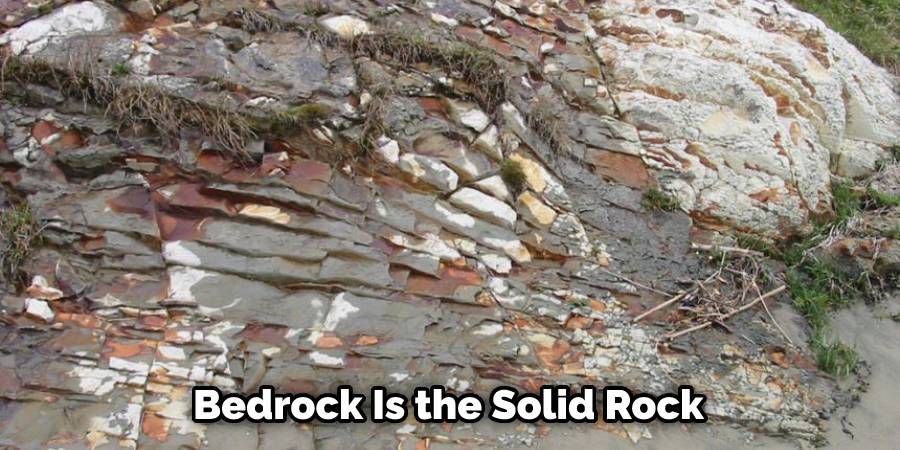
5. Look for Outcroppings of Sedimentary Rock.
Sedimentary rock is a type of rock that forms from the accumulation of sediments, such as clay particles. Thus, if you find an outcropping of sedimentary rock, there is a good chance that there is also clay present.
You can identify sedimentary rocks such as sandstone, shale, or limestone by their layered structure and the presence of fossils. These outcroppings are often found in river beds, lake shores, and hillsides. When you find a promising outcropping, use a tool such as a hammer or pick to break it apart and see if there is any clay present.
6. Look for Areas with High Concentrations of Minerals.
Clay typically forms in areas with high concentrations of minerals, as these minerals can act as binding agents for the clay particles.
Thus, if you find an area that has a high concentration of minerals, it is likely that there is also clay present. Common minerals found in clay are quartz, mica, and feldspar. If you find an area with a significant concentration of these minerals, it is worth investigating further.
7. Look for Signs of Ancient Riverbeds or Lakeshores.
Clay often forms in ancient riverbeds or lakeshores, as it can be deposited there by water or wind erosion over time. Thus, if you find an area that appears to be an ancient riverbed or lakeshore, there is a good chance that there is also clay present.
Look for signs like abandoned riverbeds full of sediment or shorelines with large deposits of soil and rocks. If you find any such areas, dig around and see if there is clay present. You can also look for sedimentary rocks or other indications of a former water source. If you find any, it is likely that clay is also present.
8. Look for Areas with Fertile Soil.
Clay often forms as a type of soil, and it is typically found in areas with rich, fertile soil. Thus, if you find an area that has particularly dark or rich soils, there is a good chance that there is also clay present.
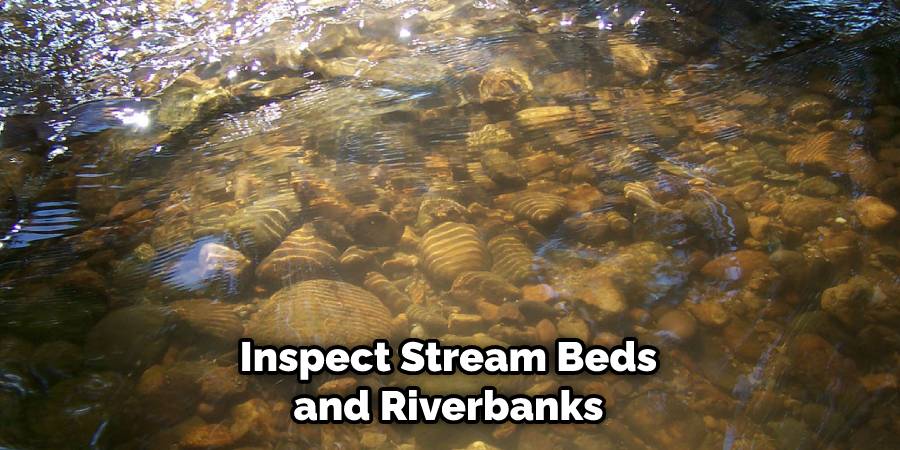
Therefore, it is worth exploring such areas and conducting some tests to determine whether any clay is present.
9. Look for Areas with High Humidity.
Clay particles form more easily in areas of high humidity, as the moisture helps to bind the clay particles together. Thus, if you find an area that has a particularly high level of humidity, there is a good chance that there is also clay present.
Areas with swamps, wetlands, and other bodies of standing water are likely to have a higher humidity level. If you come across such areas, it is worth checking to see if there is any clay present.
10. Ask Around.
If you can’t seem to locate any clay on your own, another option is to ask around – people who live or work in your area might be able to point you toward some potential sources of clay. With luck, they will have found some already and will be able to help you out!
Additionally, if you have contacts in other areas, they may also be able to help. Don’t be afraid to reach out and ask – you never know what you may find!
How Do I Know if I Have Clay?
Once you have a location that may contain clay, the next step is to determine if there is actually clay in your soil. You can do this by performing a simple test. First, take a sample of the soil and moisten it by adding small amounts of water until it has an even consistency.
Next, roll the sample between your hands or use a rolling pin to form it into a thin snake-like shape. If the sample holds its shape without breaking apart easily, chances are you’ve found clay!
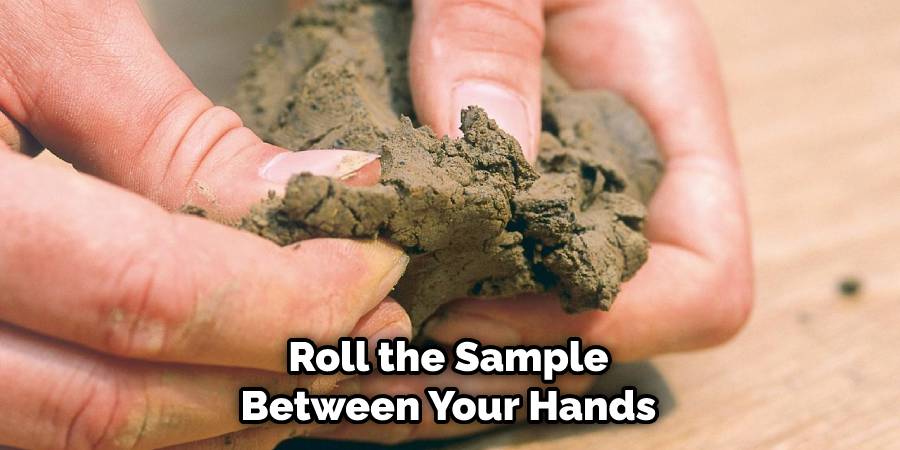
Additionally, you can check for more definitive signs, such as examining whether the sample changes color when wet or if it cracks easily after drying. Once you’ve identified that clay exists in your sample, you can move on to learning how to properly work with it.
Conclusion:
Take some time to research and experiment with different clays to discover which one you like best. Be sure to consider factors such as price, availability, ease of use, and compatibility with your forté in order to make an informed decision.
By taking a thoughtful approach when how to find clay, you’ll be able to successfully execute any creative endeavor with confidence and style. So go ahead – start experimenting with clay today! You never know what masterpiece may result from it!
